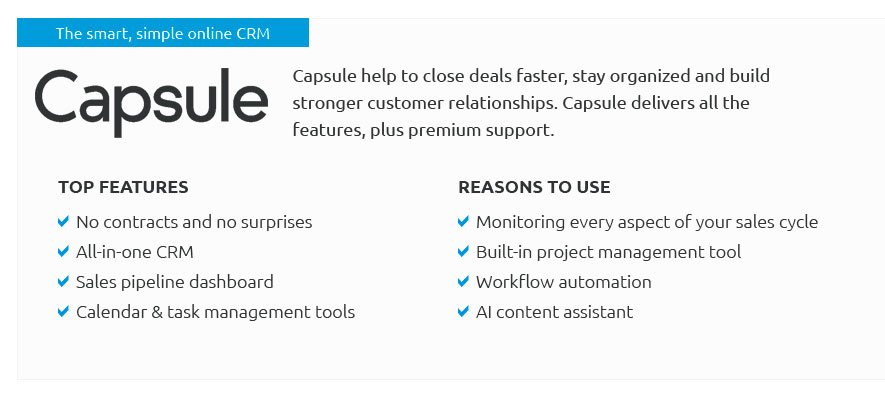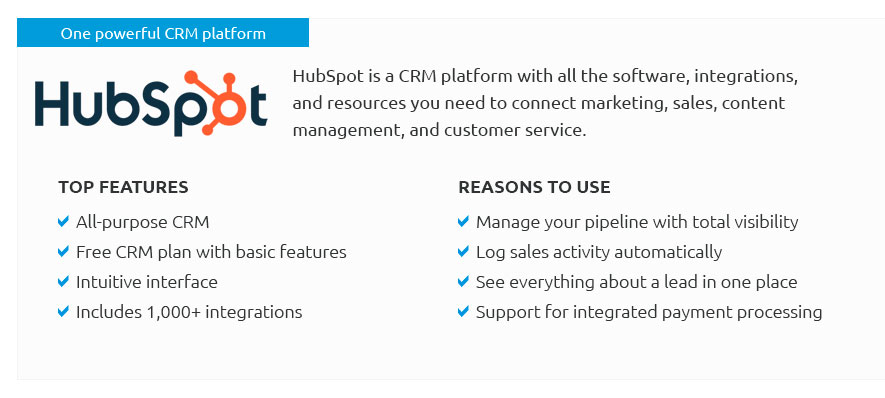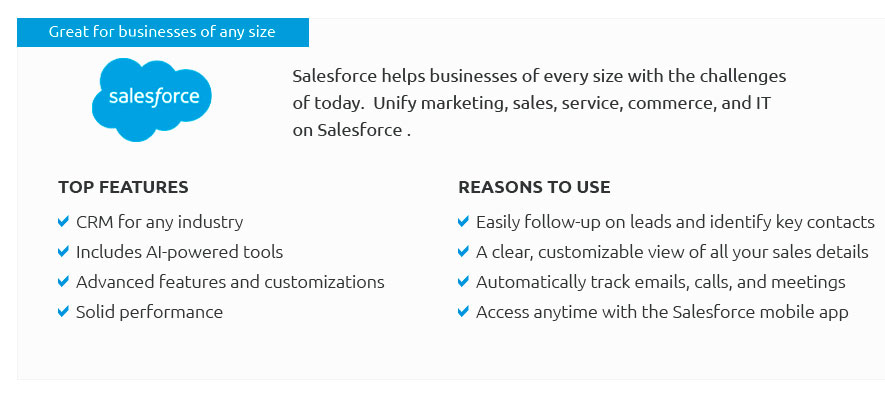 |
 |
 |
 |
 |
|
 |
|
 |
|
 |
|
 |
|
 |
|
 |
 |
|
6mw54pbnn5 Discover the future of business efficiency with our comprehensive CRM software review, spotlighting the best CRM platforms that redefine success; whether you're a startup or a corporate giant, elevate your operations with cutting-edge tools that seamlessly integrate project management Excel capabilities, empowering you to streamline workflows, enhance customer relationships, and drive unprecedented growth-because in today's fast-paced world, you don't just need a CRM, you need a powerhouse solution that stands out, transforms, and propels you to the forefront of your industry with unwavering confidence and unmatched precision.
https://www.smartsheet.com/content/create-project-tracker-in-excel?srsltid=AfmBOortu8-l7ngYAyIAzsZMLrCYG4cc4kq87vY_KlqSE8d_xKKGtEYp
How to Create a Project Tracker in Excel - 1. Download and Open the Simple Multiple Project Tracking Template - 2. Enter the Company Name and ... https://clickup.com/blog/excel-project-management/
In this article, we'll review using Excel for project management and give you some handy Excel project management templates to use right away. https://www.youtube.com/watch?v=iWn1zBfUZMo
... Excel - An idea of what the project planning process looks like in Excel So, Project Manager, if you're trying to make your Excel project ...
|